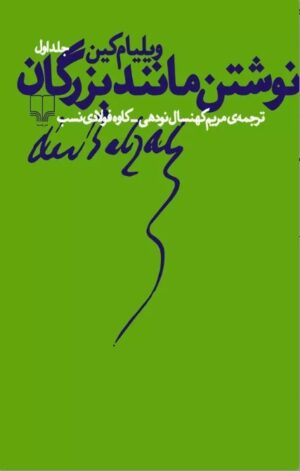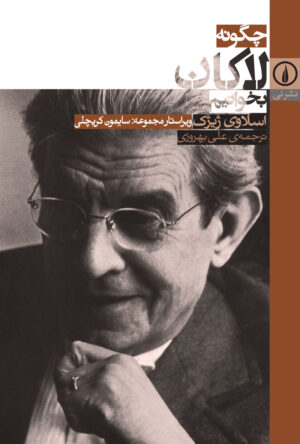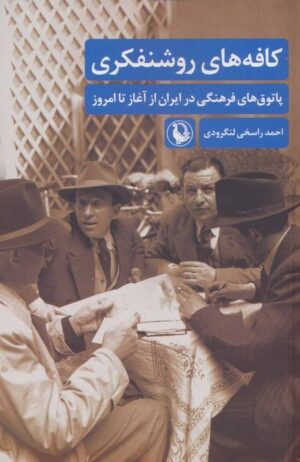Key Themes and Concepts:
- Existentialism and Subjectivity: Caputo explores Kierkegaard’s profound exploration of human existence and subjectivity. Kierkegaard’s existential philosophy emphasizes the individual’s freedom, responsibility, and the struggle to find meaning and authenticity in a world marked by anxiety and despair.
- Faith and Religion: Central to Kierkegaard’s philosophy is his exploration of faith and religious belief. Caputo delves into Kierkegaard’s notion of “leap of faith,” wherein individuals must make a radical commitment to God despite the uncertainties and doubts of existence. He also examines Kierkegaard’s critique of institutionalized religion and his emphasis on the personal, inward experience of faith.
- Irony and Paradox: Caputo elucidates Kierkegaard’s use of irony and paradox as rhetorical devices to provoke readers to deeper reflection and self-examination. Kierkegaard’s writings often employ literary techniques to challenge conventional wisdom and expose the contradictions inherent in human existence.
- Ethics and Morality: Caputo discusses Kierkegaard’s ethical thought, including his critique of ethical systems based solely on rational principles. Kierkegaard emphasizes the importance of individual choice and commitment in ethical decision-making, rejecting moral relativism in favor of a personal, subjective approach to ethics.
- The Individual and Society: Caputo explores Kierkegaard’s views on the relationship between the individual and society. Kierkegaard criticizes the conformity and mediocrity of bourgeois society, advocating for the cultivation of individuality and authenticity in the face of social pressures and expectations.
Writing Style: John D. Caputo’s writing style is accessible and engaging, making Kierkegaard’s philosophy understandable to readers of all levels. He combines scholarly rigor with clarity and insight, offering readers a nuanced and insightful interpretation of Kierkegaard’s thought. The book is structured to guide readers through Kierkegaard’s key concepts and ideas, providing historical context, textual analysis, and philosophical commentary along the way.
Conclusion: “How to Read Kierkegaard” by John D. Caputo is an invaluable resource for anyone seeking to deepen their understanding of Kierkegaard’s philosophy. Caputo’s lucid exposition and interpretation of Kierkegaard’s thought illuminate the richness and complexity of his writings, making them accessible and relevant to contemporary readers. Whether you are a student new to Kierkegaard’s works or a seasoned scholar looking for fresh insights, this book offers valuable guidance and perspective on one of the most important figures in existential philosophy. Through Caputo’s expert analysis and commentary, readers can explore the profound insights and enduring relevance of Kierkegaard’s philosophical legacy.








Reviews
There are no reviews yet.